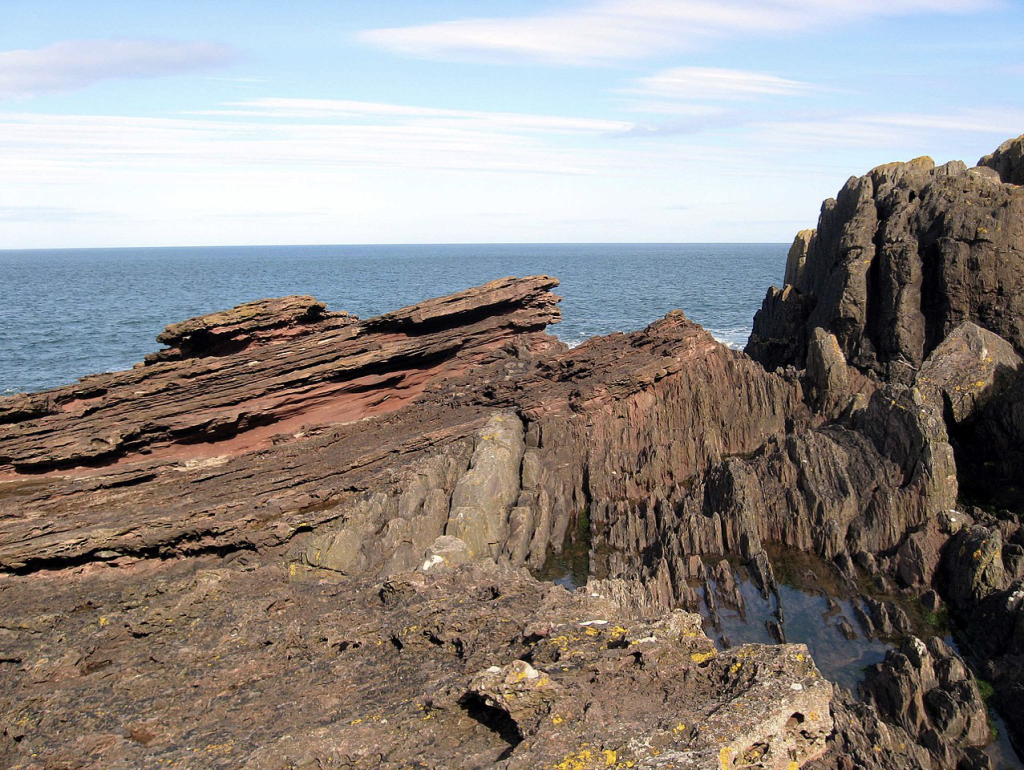In the heart of the London docklands, just the other side of the Thames from the O2 Arena, is a squat stone lighthouse at the end of Trinity Bouy Wharf. The light from this lighthouse no longer shines, but the building is now home to a series of innovative artistic projects. In one room, a computer is playing 234 Tibetan singing bowls in a piece composed by Jem Finer. The catch: we’re currently barely more than 2% of the way through the music. Longplayer—as the piece is known—began at at midnight on the 31st of December 1999 and is set to last for the next 1000 years. You can even listen live online. The music is not set to repeat, but it will require extraordinary human effort to ensure that it sounds continuously for the full duration of the composition. The purpose, according to Finer, is to open up a vista on those ‘unfathomable expanses of geological and cosmological time, in which a human lifetime is reduced to no more than a blip’.
But Longplayer is not just an isolated esoteric obsession. The idea of so-called ‘deep time’ is in vogue. In the streets of Utrecht, an endless poem is being carved into the cobblestones at the rate of one letter per week. Whilst in Oslo, a new book is added to the Future Library every year—except they will only be read once trees have been grown to supply the paper to print them on. The simple fact that human life and human civilisation are found in the context of much longer timescales is provoking several new creative endeavours.

The picture above shows one of Hutton’s unconformities. It was here, at Siccar Point on the Berwickshire coast of eastern Scotland, that James Hutton is said to have made his ‘discovery’ of deep time. Assuming that geological processes of sedimentation, mountain building, and erosion have always occurred at a similar rate, Hutton realised that vast stretches of time were needed to produce the rock formations he saw in front of him. The vertical slabs of greywacke must have been deposited, tilted, and eroded, before the red Devonian sandstones could be layered horizontally on top. The whole process must have taken tens of millions of years. As Hutton commented, famously, he discerned in these rocks ‘no vestige of a beginning, no prospect of an end’.
In recent years, academics, cultural commentators, environmentalists, and politicians have all begun invoking the concept of deep time as a way of thinking about not only the geological past but also the planetary future. Many popular books on deep time have been published with subtitles like: ‘How Thinking like a Geologist Can Help Save the World’, ‘How Future Thinking Can Help Earth Now’ or ‘How to Think Long-term in a Short-term World’. And these authors generally agree: human beings are having an increasing influence on the long-term future of planet Earth.
At this juncture in human history—as global society seeks to address catastrophic climate change and devastating species extinction—there is much that is beneficial about a deep time perspective. It reckons with the scale of the current ecological crisis, acknowledging the millions of years for which human impacts may last. It expands our temporal horizons, offering an antidote to the presentism and short-termism that have driven capitalist consumption. It questions our own sense of importance, prompting greater humility in the face of the sublime scale of geological time. And it encourages thinking on intergenerational justice, fostering new forms of politics and policymaking that could be more sustainable.
But there are also some possible dangers associated with promoting a long-term view. By zooming out so far, are we negelecting and covering up injustices that exist in the present? Are we at risk of giving up what we deem to be important and resigning ourselves to a kind of geological fatalism?
For those who work in theology and religion, the interdisciplinary discussions that are currently taking place about deep time provide a fresh conundrum. On the one hand, people of faith are used to dealing with visions of the future, potential apocalypse, and discussion of the end times. But, on the other hand, we are often so focussed on human concerns that we neglect to mention the ultimate fate of planet Earth. And there are some theologies that just envision a heavenly escape, leaving the planet and its long-term prognosis behind. Does it matter—theologically speaking—if Jem Finer’s Tibetan singing bowls are still playing in 2999 or not?
***
There’s much thinking to be done in this area. And I was delighted to be involved in co-organising an event on some of these themes at the end of last year. Off the back of this symposium, and in collaboration with the William Temple Foundation, we’ve recorded a series of six short podcast interviews with some of the leading experts in interdisciplinary deep time thinking. I was asking contributors: What does it mean to talk about deep planetary time? How are our lives, as individual human beings, caught up in processes that operate on geological timescales? And what will happen to the Earth in the very distant future? Along the way, we touched on themes of ‘cathedral thinking’, climate fiction, monastic communities, and religious apocalypse.
The podcast is called ‘Deep Time: Visions of the Earth’s Future’. Do look out for the first episode next week.
More blogs on religion and public life
- Faith and Voting: The UK general election 2024
by Matthew Barber-Rowell - Labour and Faith – Brave New Reset or Faith-Washing?
by Chris Baker - Lessons for an election year from the Bishop of Unity
by Ian Mayer - Food, hope and love: the local church in a time of crisis?
by Paul Monk - Radical hope in the midst of poverty in the city
by Grace Thomas
Discuss this